Active
The latest Active breaking news, comment, reviews and features from the experts at T3
Explore Active
-

Forget boring cardio – this three-move barbell workout crushes through calories
And builds plenty of muscle too!
By Bryony Firth-Bernard Published
-
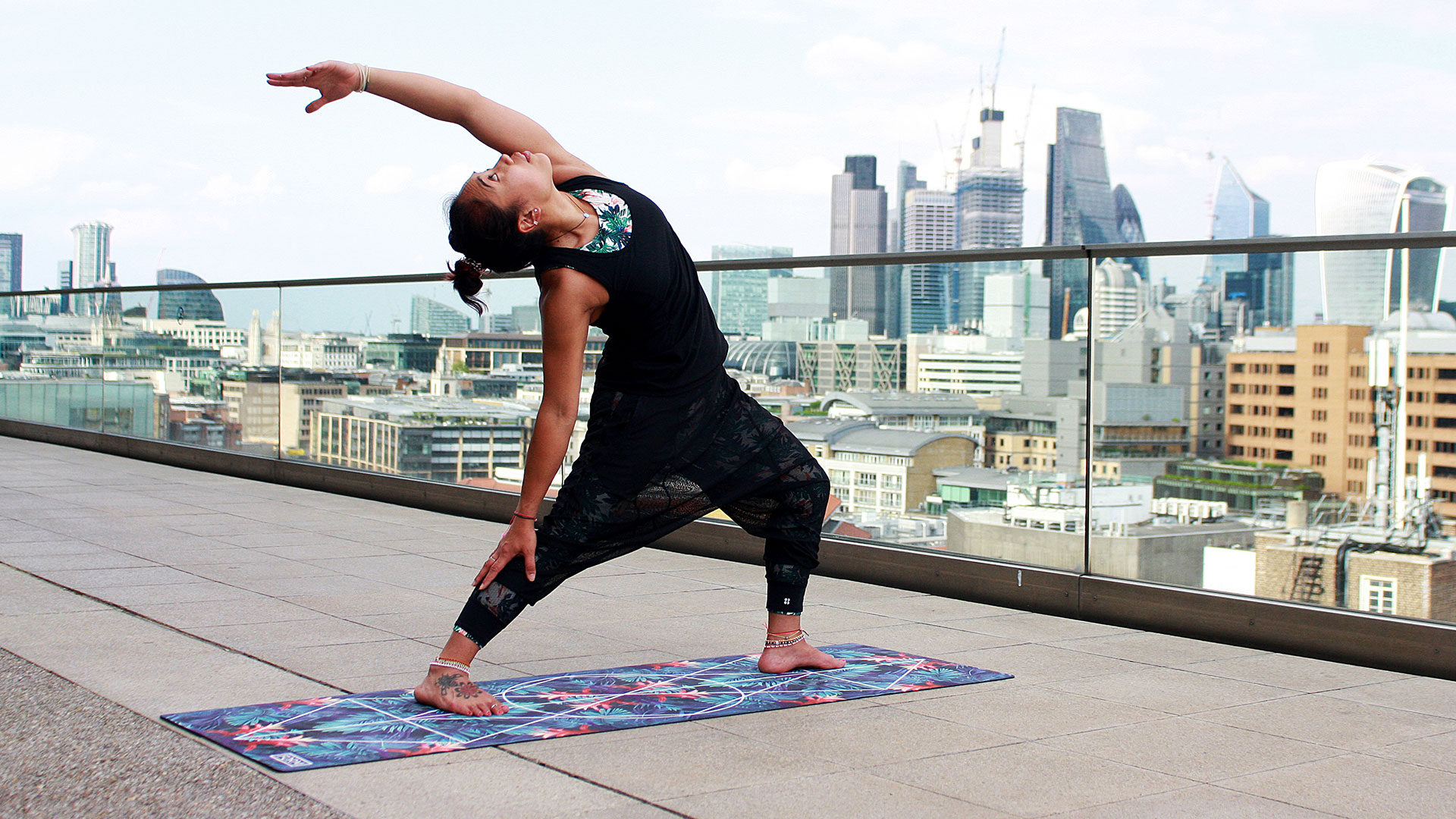
Best yoga mat 2025: outstanding mats for grip, comfort, style and versatility
Find the best yoga mats on the market for your yoga or Pilates practice, including rubber, PVC, cork and sustainable options
By Bethan Girdler-Maslen Last updated
-

Best under-desk treadmills 2025: work yourself fit
The best under-desk treadmills to keep you fit when you’re at your desk
By Bryony Firth-Bernard Last updated
-

This two-move total body boosts heart health and builds muscle endurance
Two moves, 15 minutes and a full fitness fix
By Bryony Firth-Bernard Published
-

Inov8 Roclite GTX Hiking Shoe review: top trekkers for comfort, agility and protection
The Inov8 Roclite GTX blends comfort, grip and agility in one very tidy low-cut package
By Derek Adams Published
-

A beginner-friendly dumbbell workout to boost strength and muscle size
Get started on your strength training journey with this simple four-move workout
By Bryony Firth-Bernard Published
-
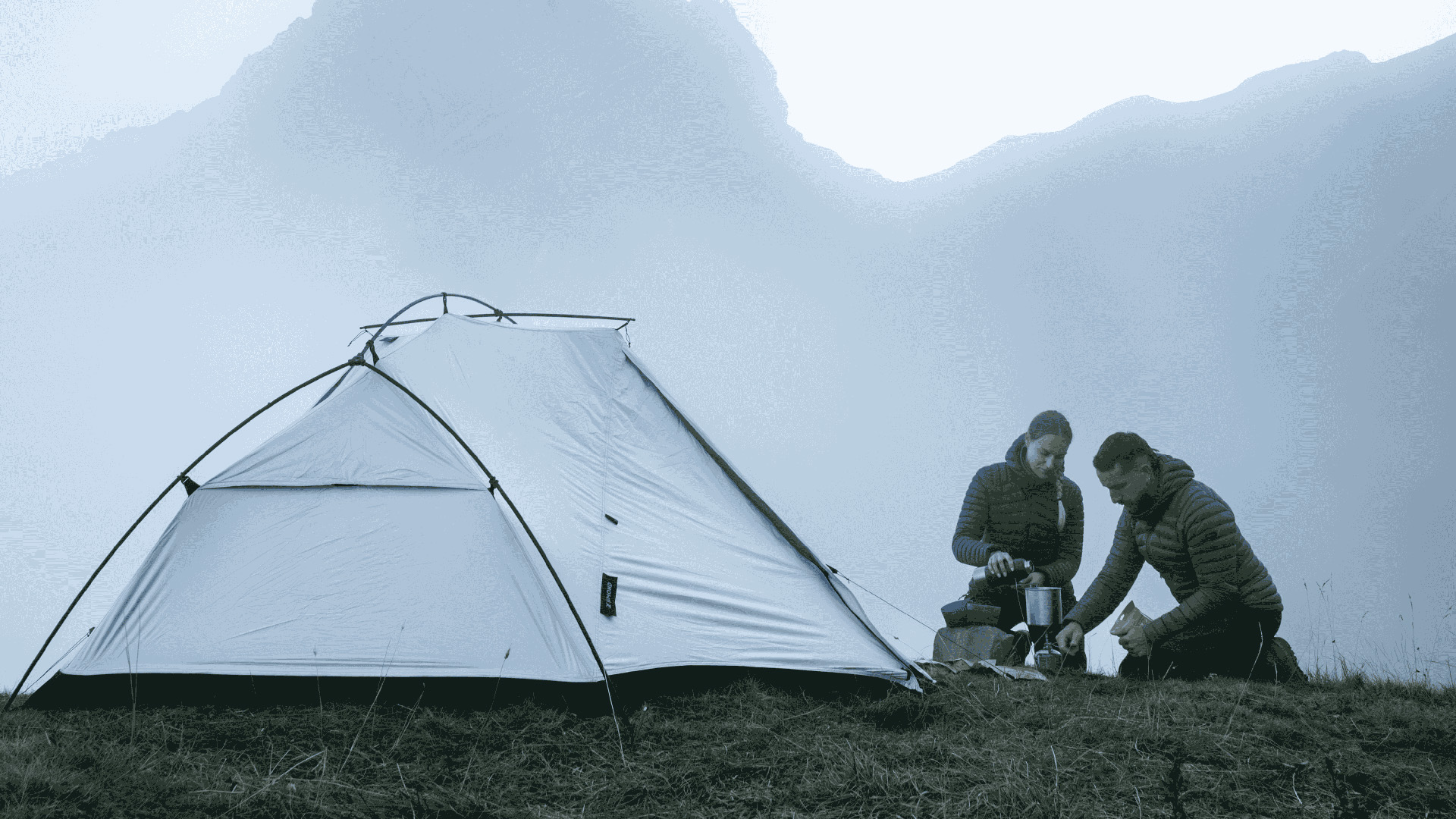
Is this the beginning of the end for double-wall tents?
Ultralight, ultradry, ultra… shiny? Simond’s MT900 might be the smartest tent of the season
By Matt Kollat Published
-
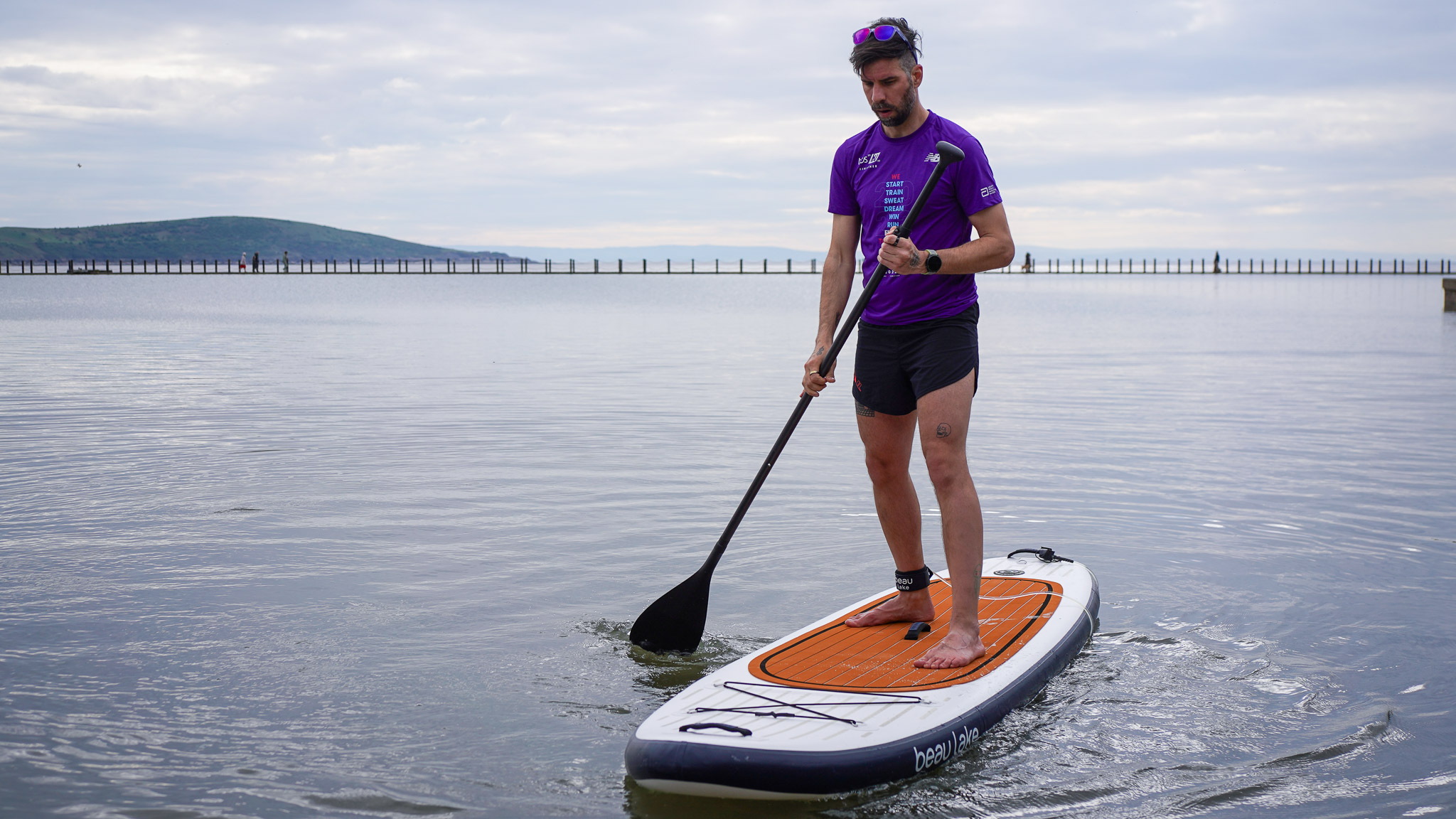
Beau Lake X Hinckley Newport iSUP review: A luxury paddleboard that’s more yacht than SUP
Luxury looks meet laid-back paddling in Beau Lake’s stunning iSUP
By Matt Kollat Published
-
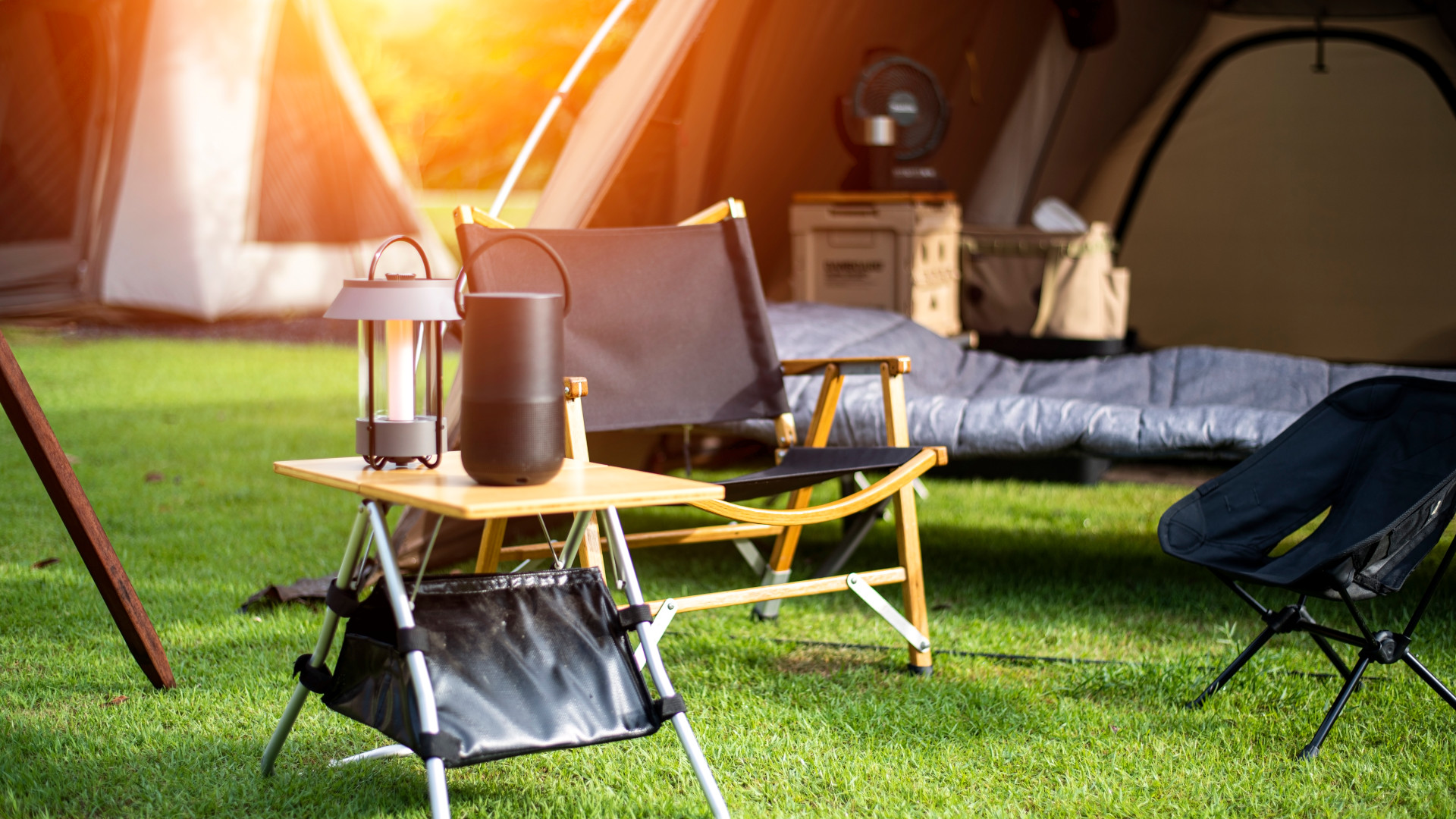
5 luxury camping gadgets you never knew you needed
Upgrade your camping set-up with these little luxuries
By Bryony Firth-Bernard Published
-
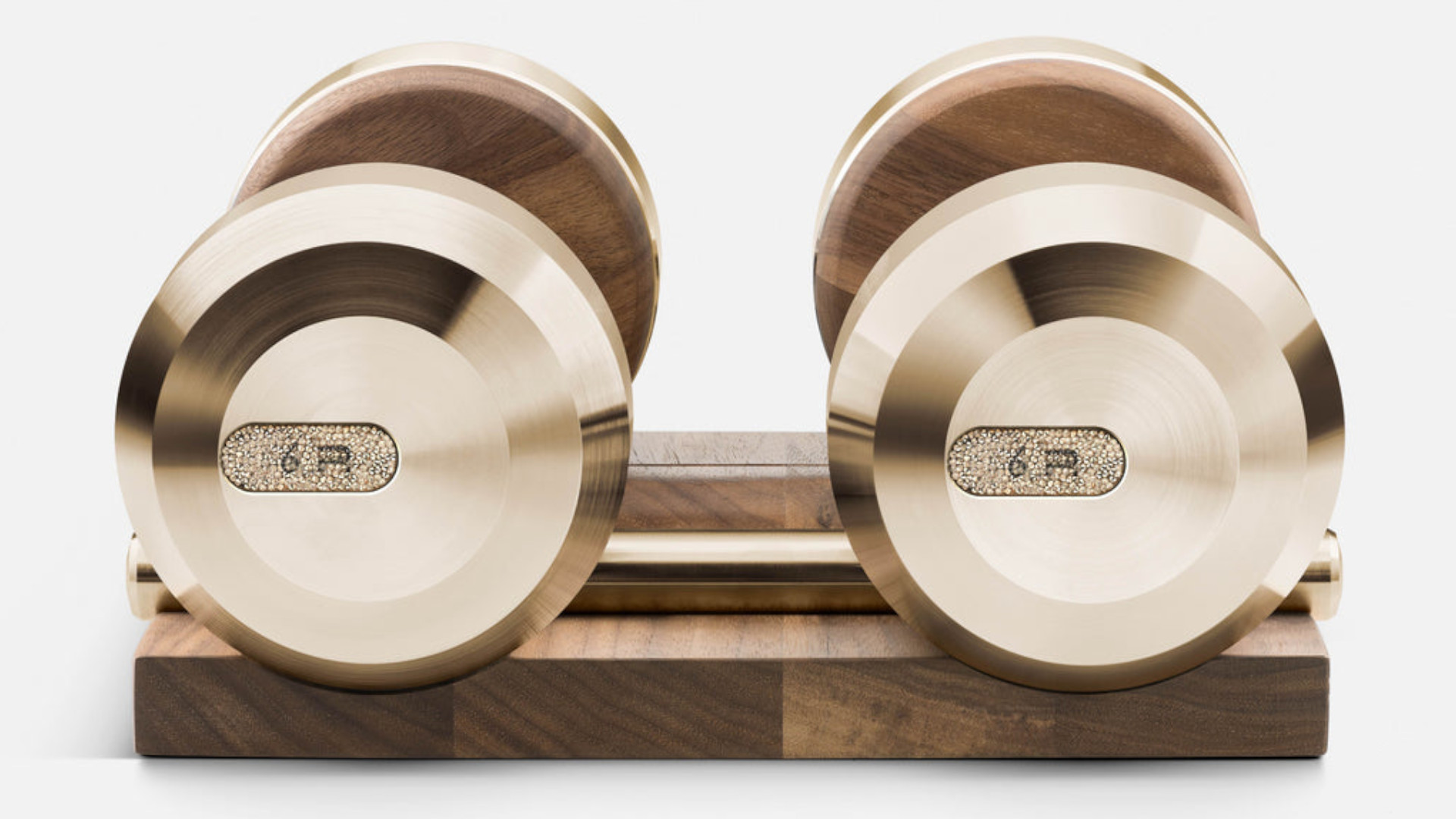
These ultra-luxe dumbbells are encrusted with Swarovski crystals
Fitness asthetics at its finest
By Bryony Firth-Bernard Published
-
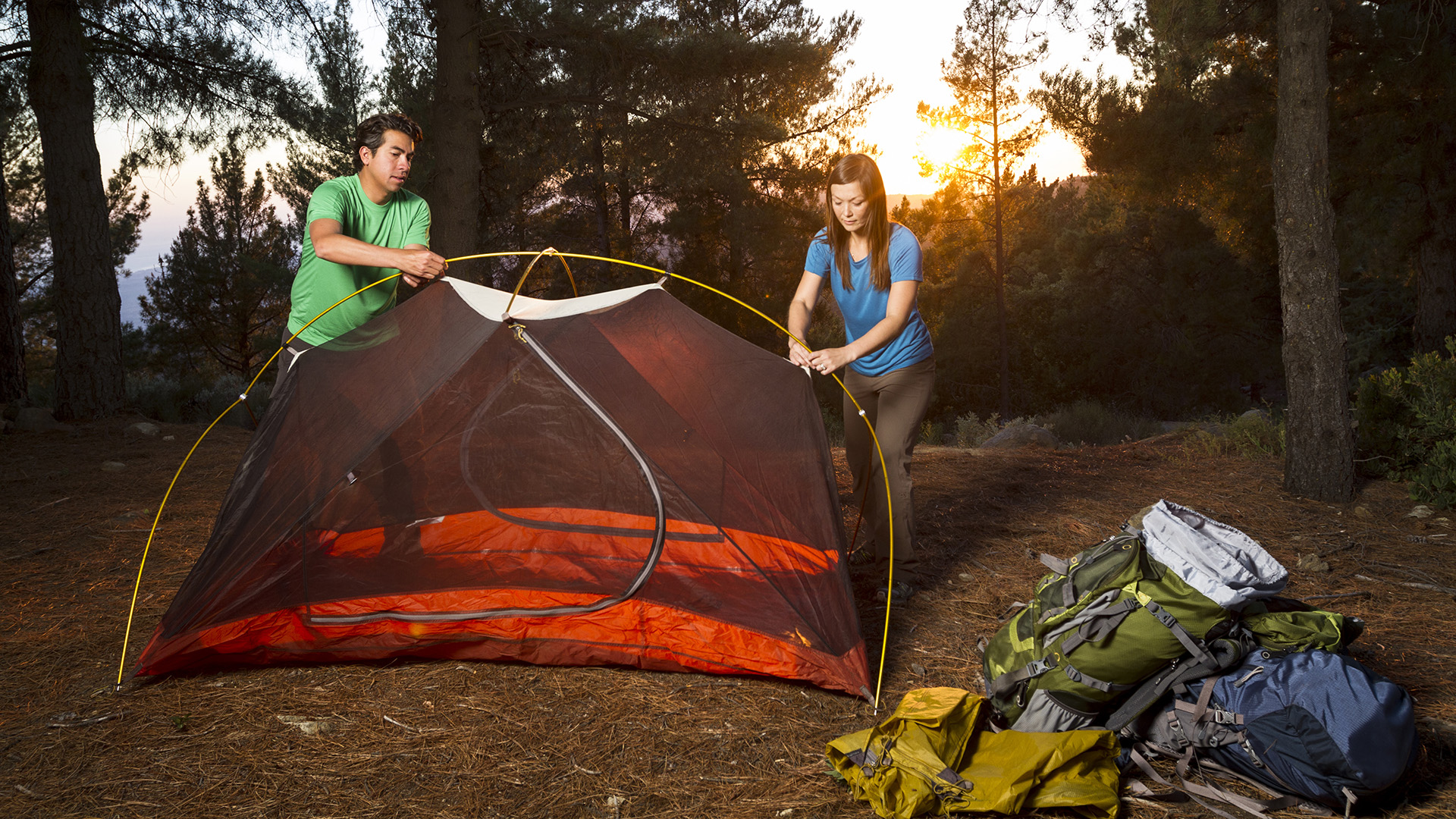
Best pop up tent 2025: quick-pitch shelters for stress-free camping
The best pop up tents provide instant shelter on the beach, campsite or at a festival
By Matt Kollat Last updated
-
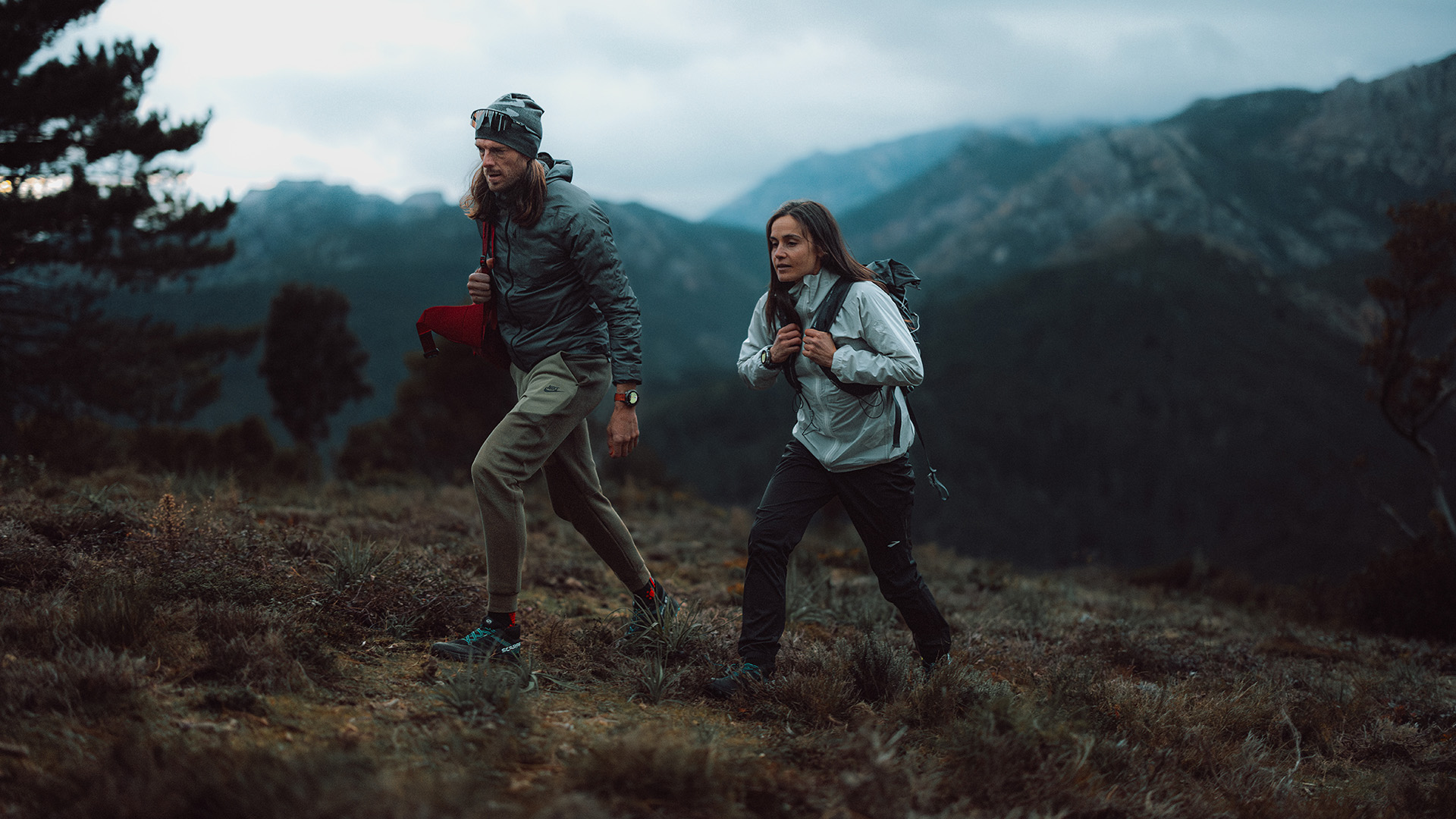
Best outdoor watch 2025: rugged timepieces for adventurers
Explore the best outdoor watches designed for hikers, climbers, and explorers, combining durability, functionality, and style
By Matt Kollat Last updated
-

Best running headphones 2025: stay in the zone with these sweatproof picks
Experience your runs like never before with the best running headphones, offering unbeatable sound, secure fits, and sweatproof designs to keep you moving to the beat
By Matt Kollat Last updated
-
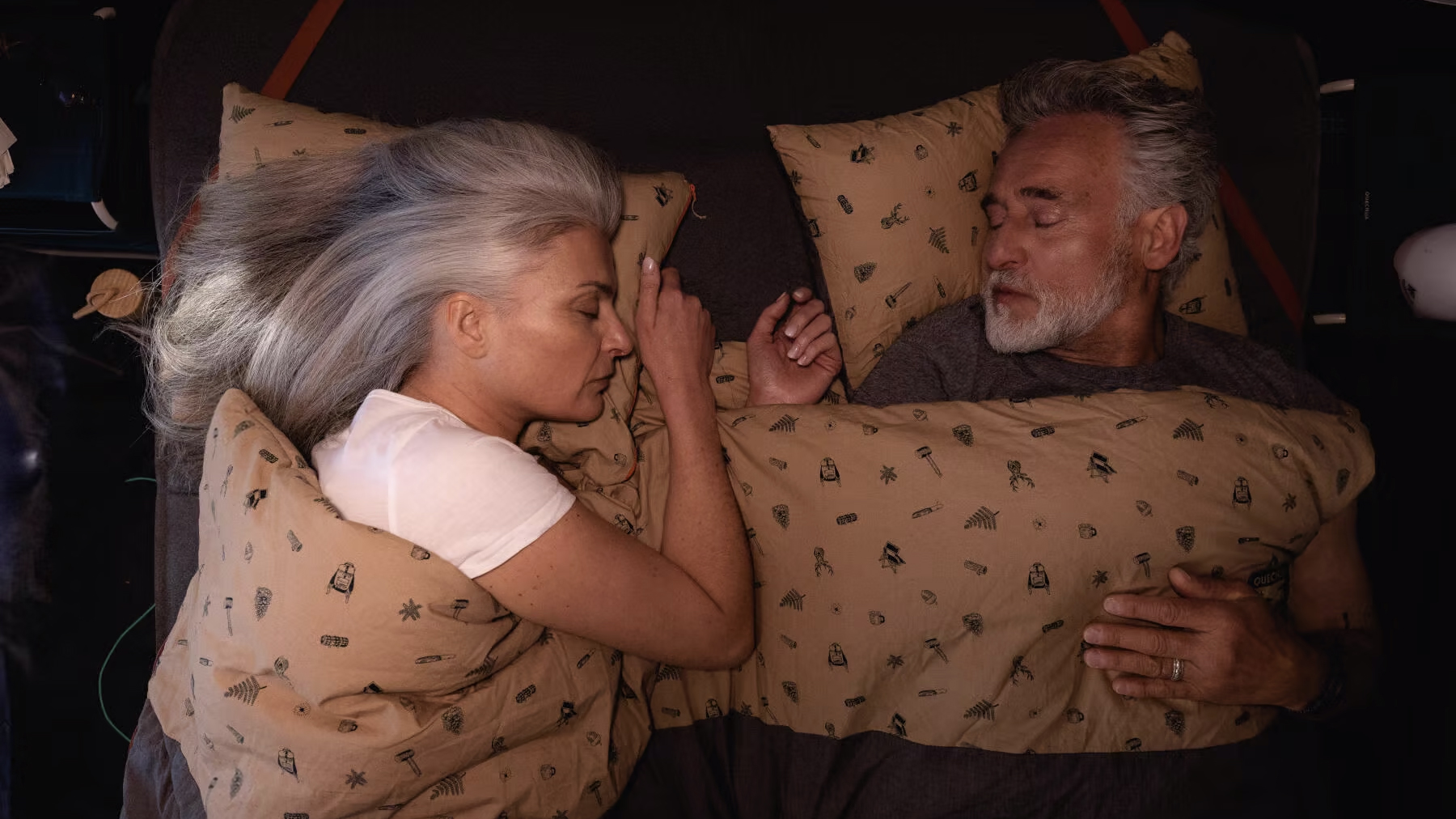
Best camping bed 2025: sleep soundly anywhere
Sleeping outdoors doesn't have to be uncomfortable – the best camping beds help you enjoy a sound, restful night's sleep
By Matt Kollat Last updated
-
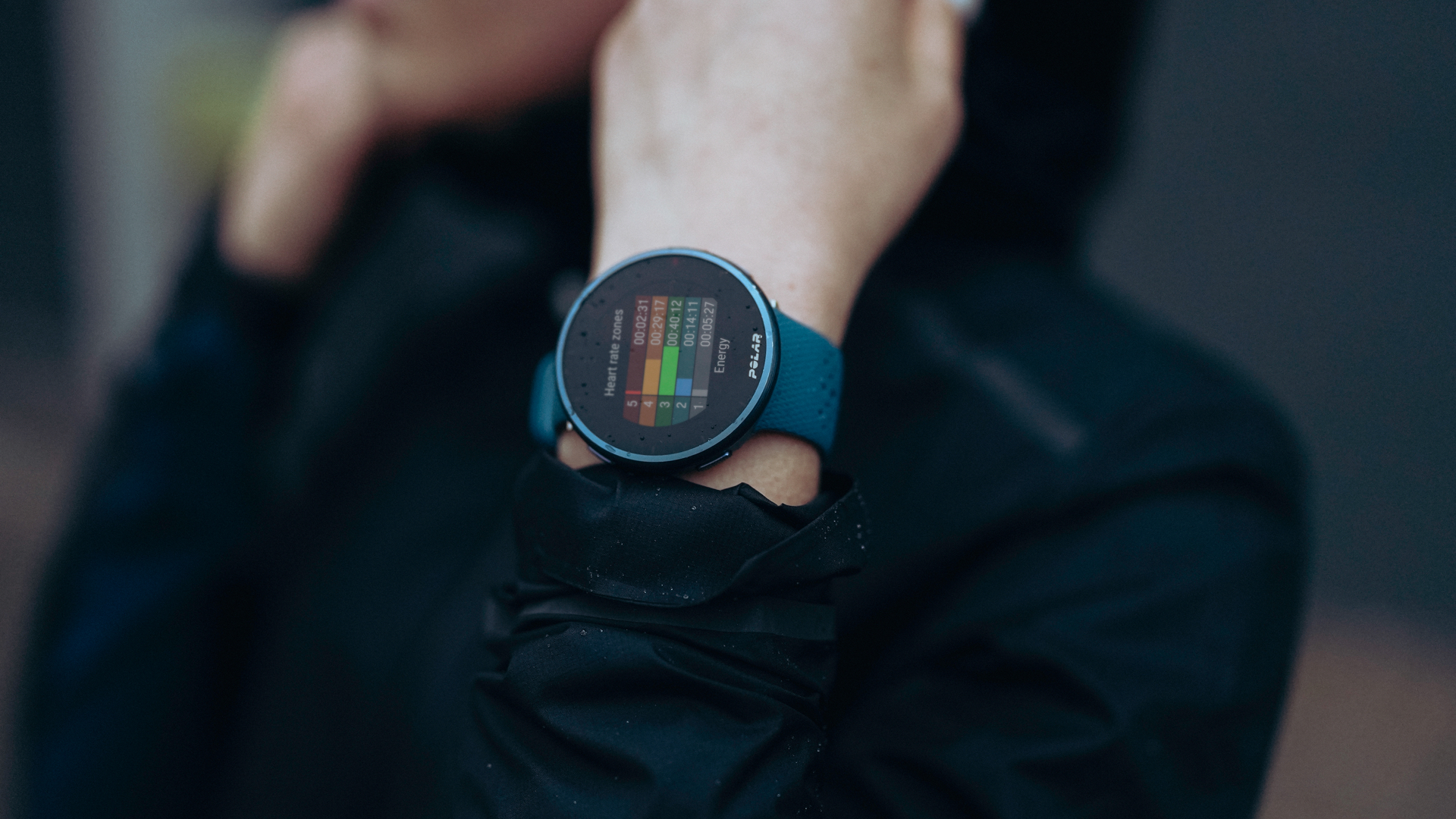
Best triathlon watch 2025 to track your swims, cycles and runs more accurately
I've tested the best triathlon watches of 2025 from Garmin, Polar, Suunto and Coros that helped me improve performance and recovery every step of the way
By Matt Kollat Last updated
-
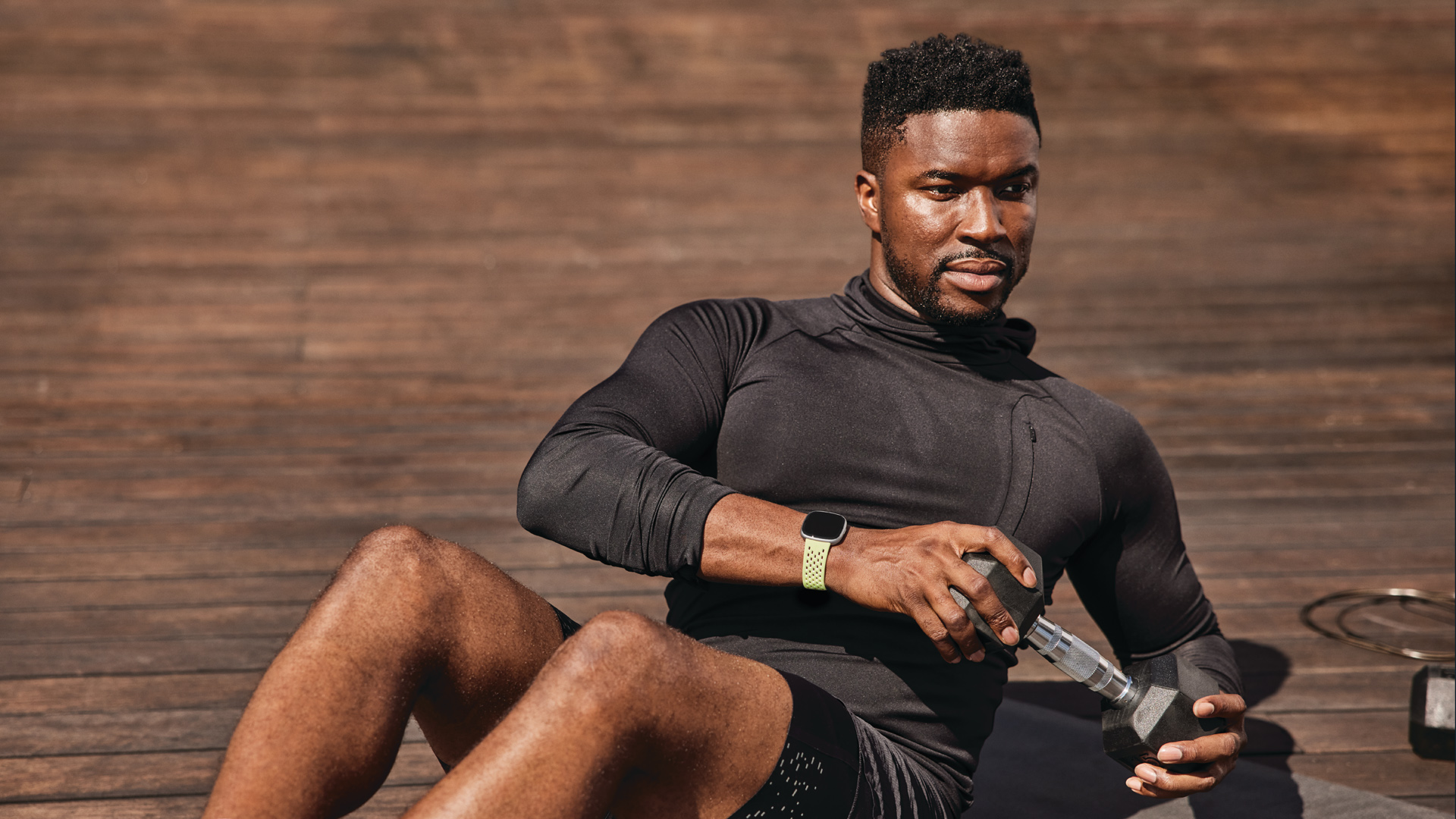
The best gadgets that work with Google Fit 2025
Make the most of the free health app by using the best gadgets that work with Google Fit
By Matt Kollat Last updated
-
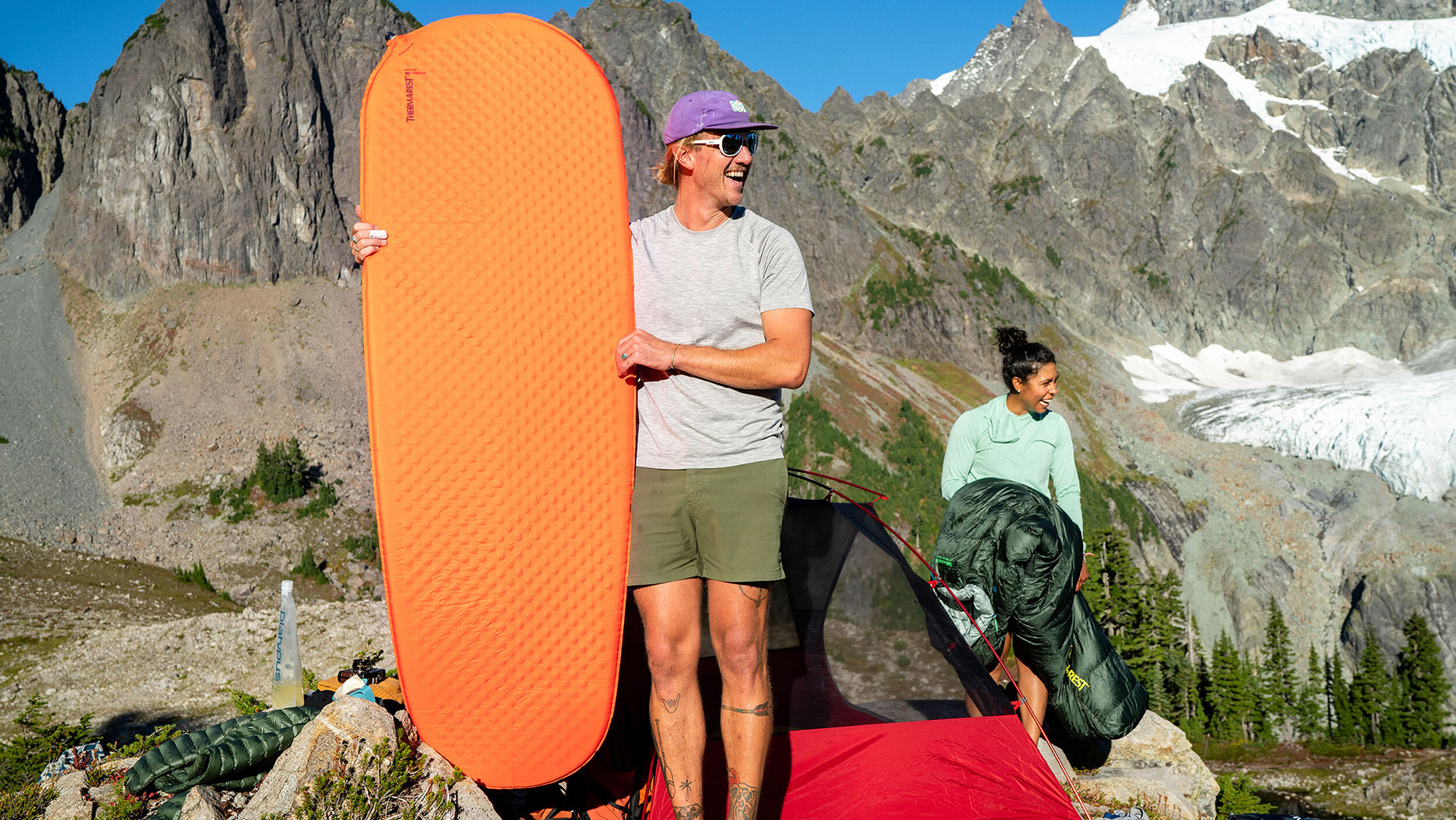
Best camping mat 2025: inflatable and foam sleeping pads ranked
We select the best camping mats for every occasion, from self-inflating pads to cheap and cheerful roll mats
By Matt Kollat Last updated
-
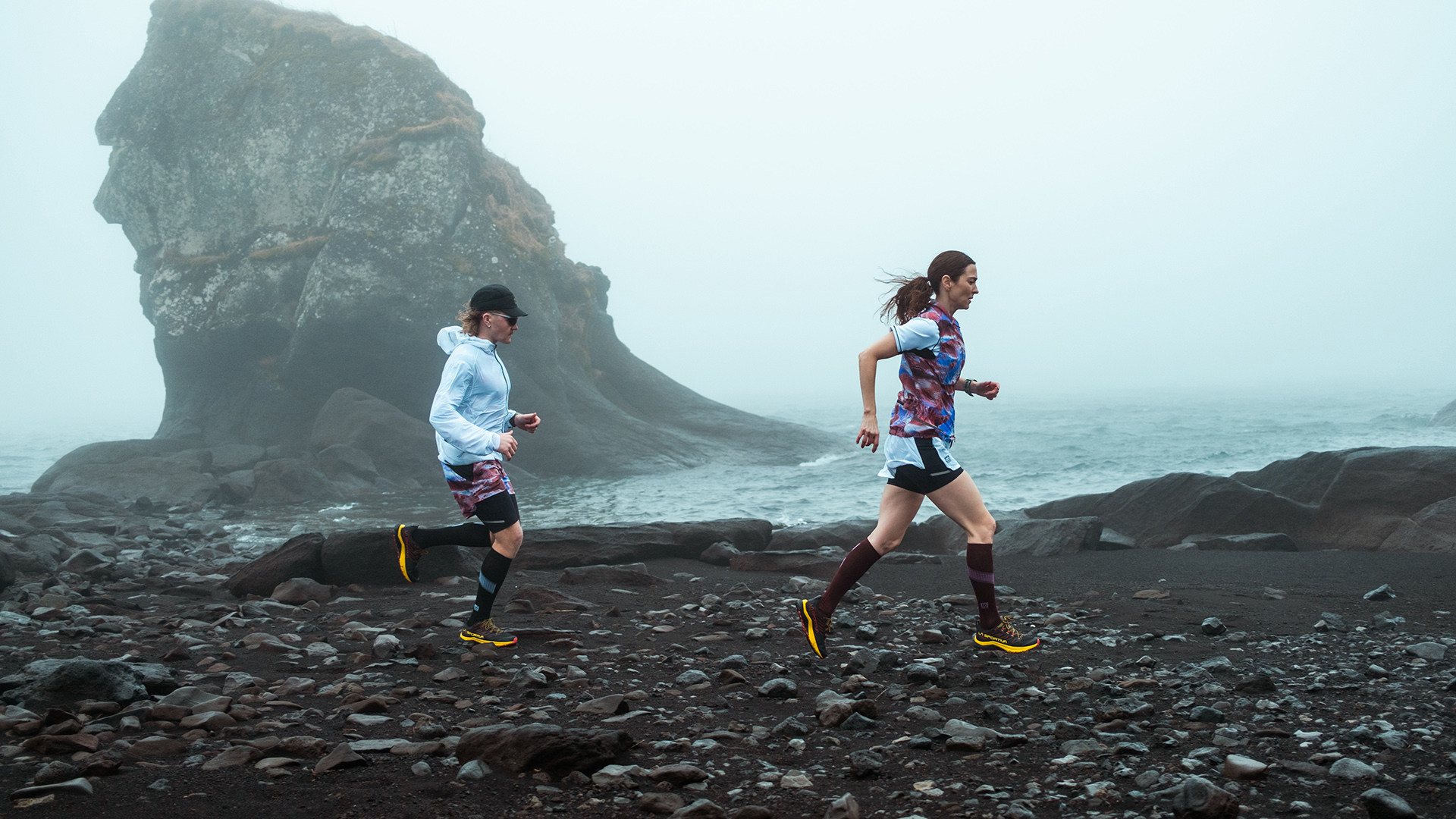
66°North Trail Running Collection is a love letter to rugged landscapes
Meet the windbreaker with more engineering than some tents
By Matt Kollat Published
-
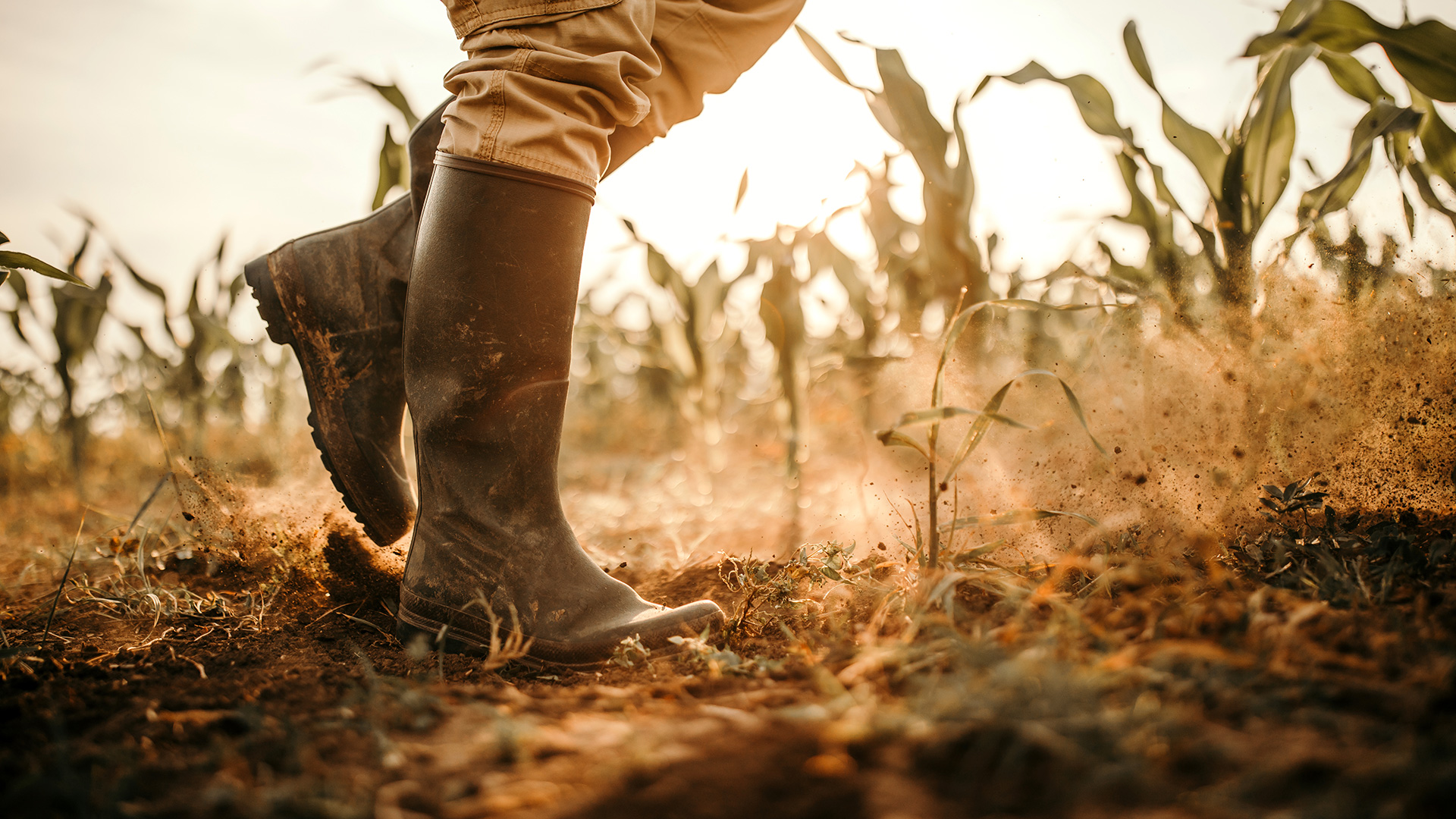
Best wellies for men 2025: waterproof boots for hiking, walking, and festivals
Find the best wellies for protecting your feet in any weather and during all kinds of activities
By Matt Kollat Last updated
-
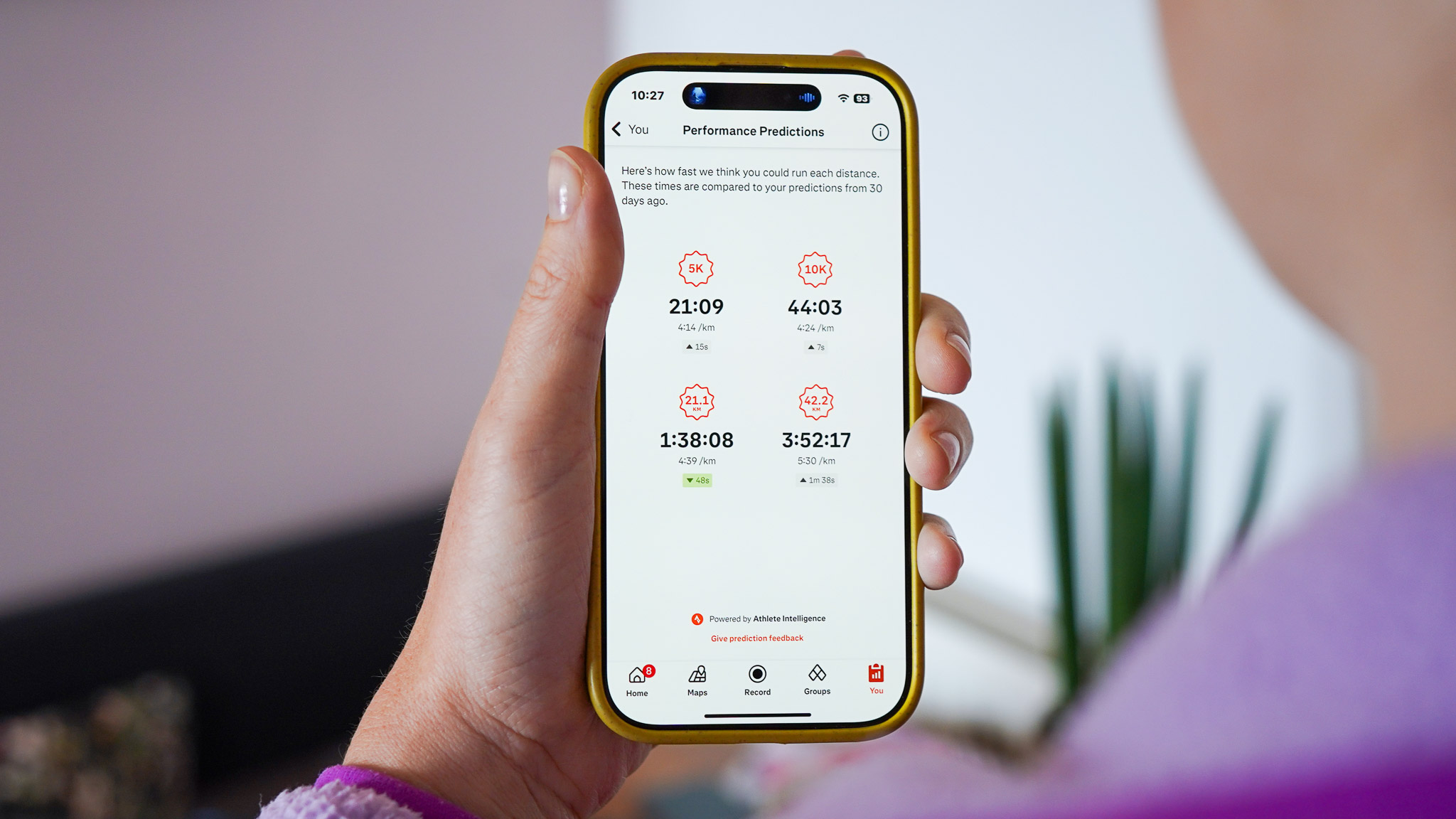
Strava takes aim at Garmin with a race-time prediction tool built for real runners
Performance Predictions offers dynamic, personalised estimates for 5K to marathon distances, and it’s live now for subscribers
By Matt Kollat Published
-

Five must-do quad exercises for stronger, muscular legs
Add these to your workout if you want to take your quads from pins to powerhouses
By Bryony Firth-Bernard Published
-
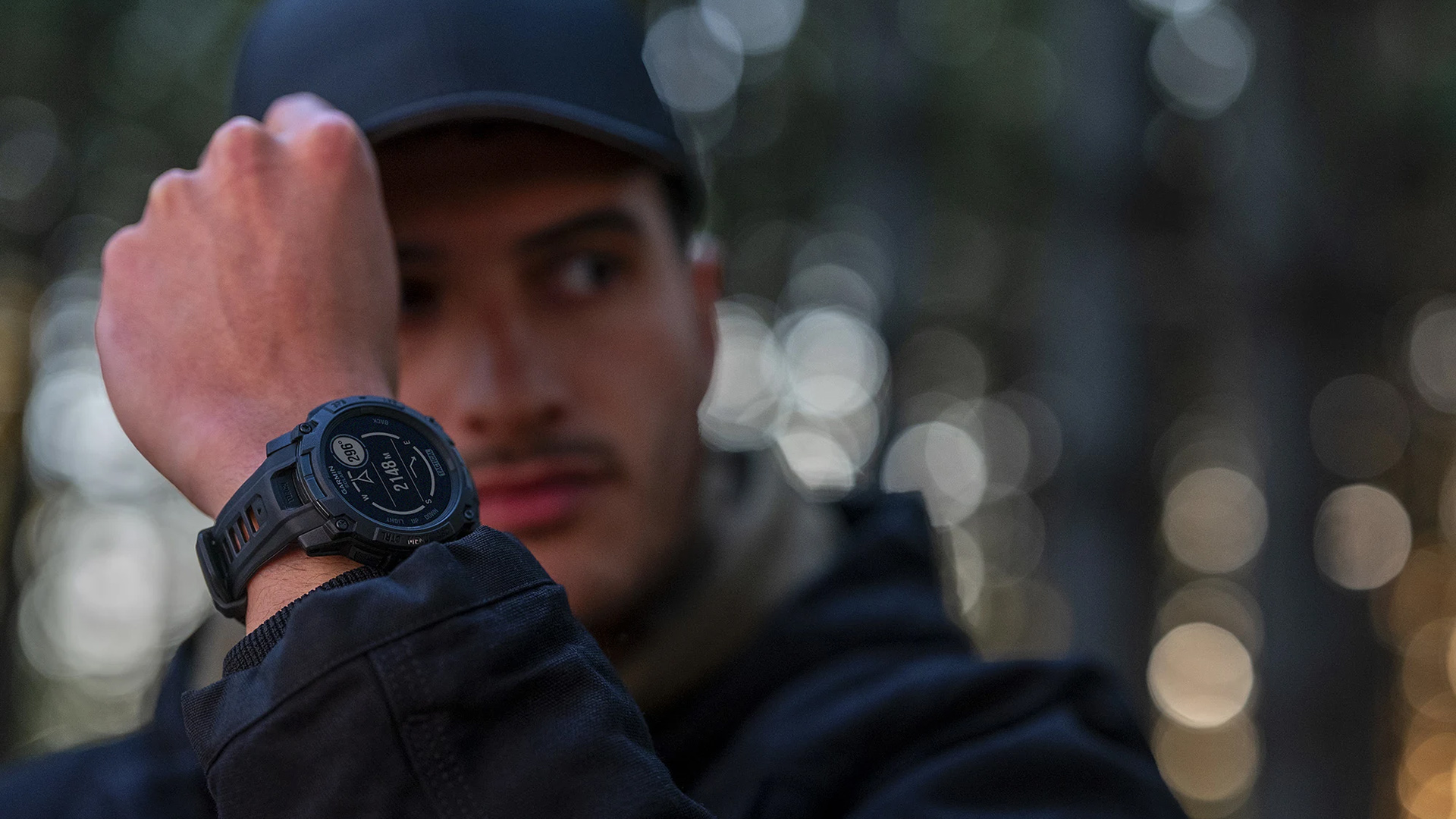
Garmin turned its affordable outdoor watch into an army-ready beast
The Instinct 3 Tactical Edition brings serious military-grade features to Garmin’s rough-and-ready smartwatch range
By Matt Kollat Published
-

5 top tricep exercises, according to an exercise scientist
Add muscle and mass to your arms to fill out those t-shirt sleeves with these five exercises
By Bryony Firth-Bernard Published
-
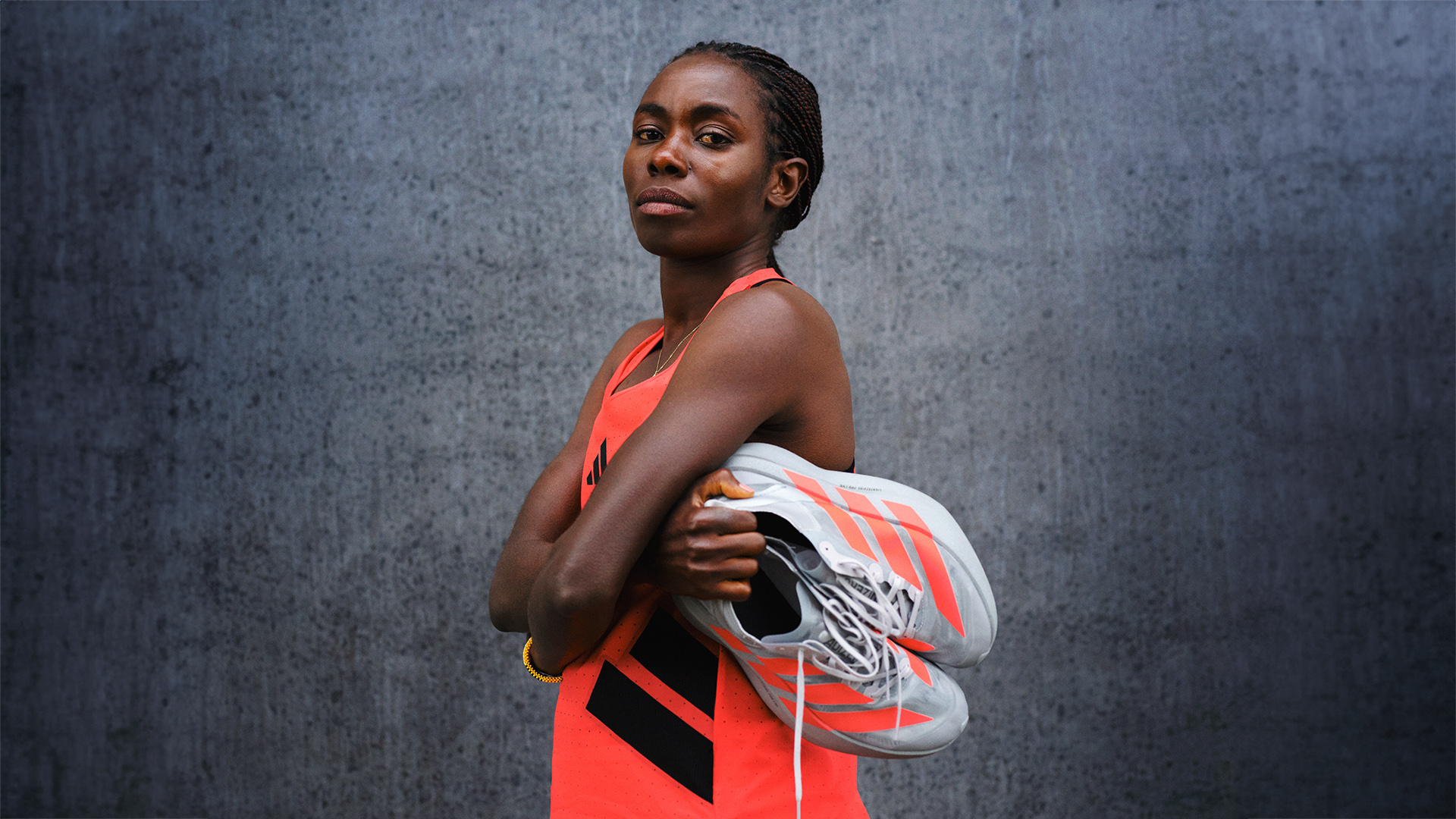
Adidas' $500 race shoe might just win your next marathon for you
The brand unveils the Adizero Adios Pro Evo 2, the second iteration of the precision-engineered, limited-edition weapon for elite road runners
By Matt Kollat Published
-
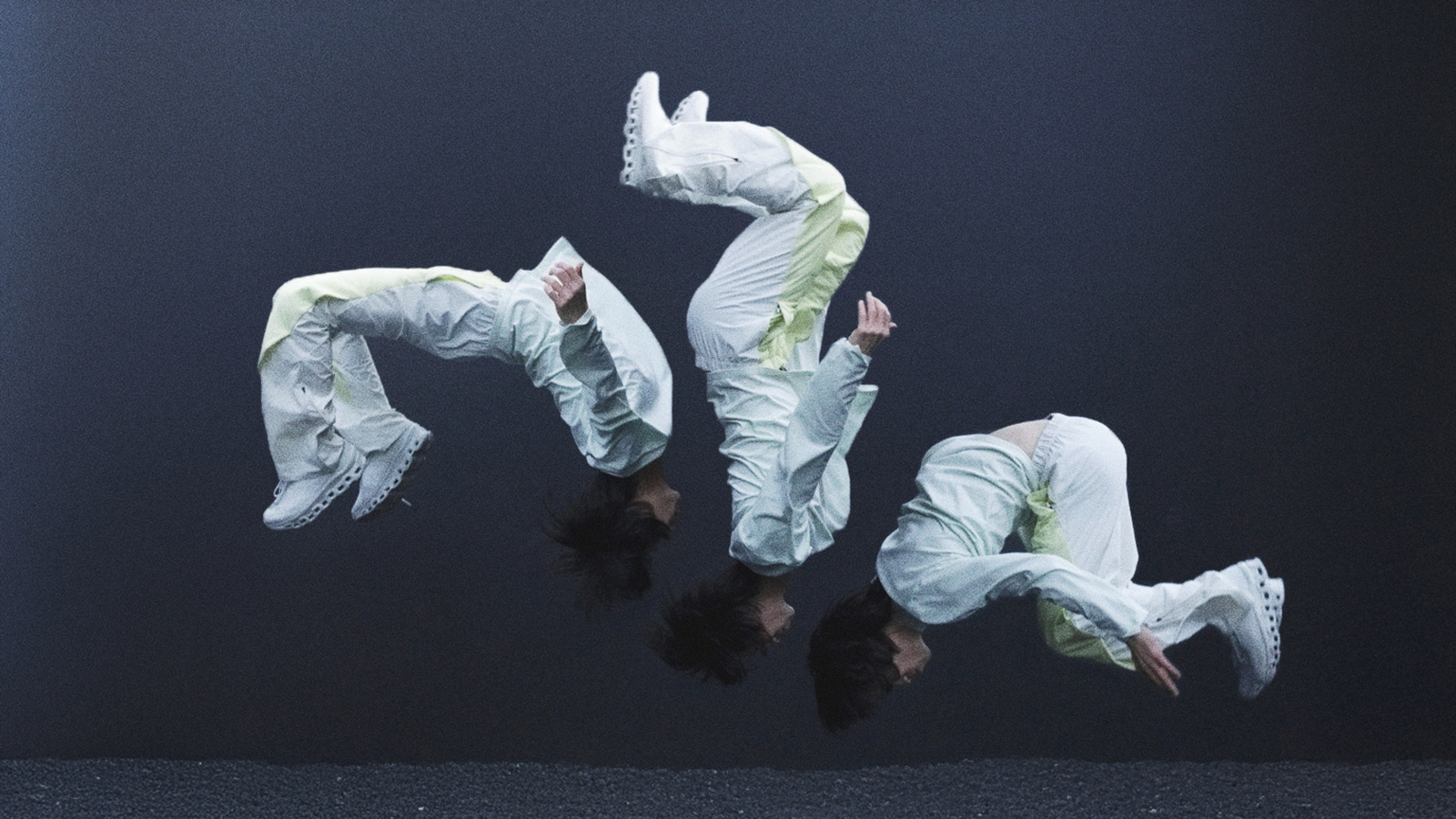
6 offbeat products from premium outdoor and fitness labels you didn't know existed
Who would have thought these products existed?
By Matt Kollat Published
-

Best adjustable dumbbell 2025 for big workouts in small home gyms
Pump iron and save space in your home gym with the best adjustable dumbbells
By Bryony Firth-Bernard Last updated
-

Best elliptical trainer 2025 for a joint-friendly full-body workout at home
The best elliptical trainers for limb-twitching, cardio-pumping workouts at home
By Bryony Firth-Bernard Last updated
-
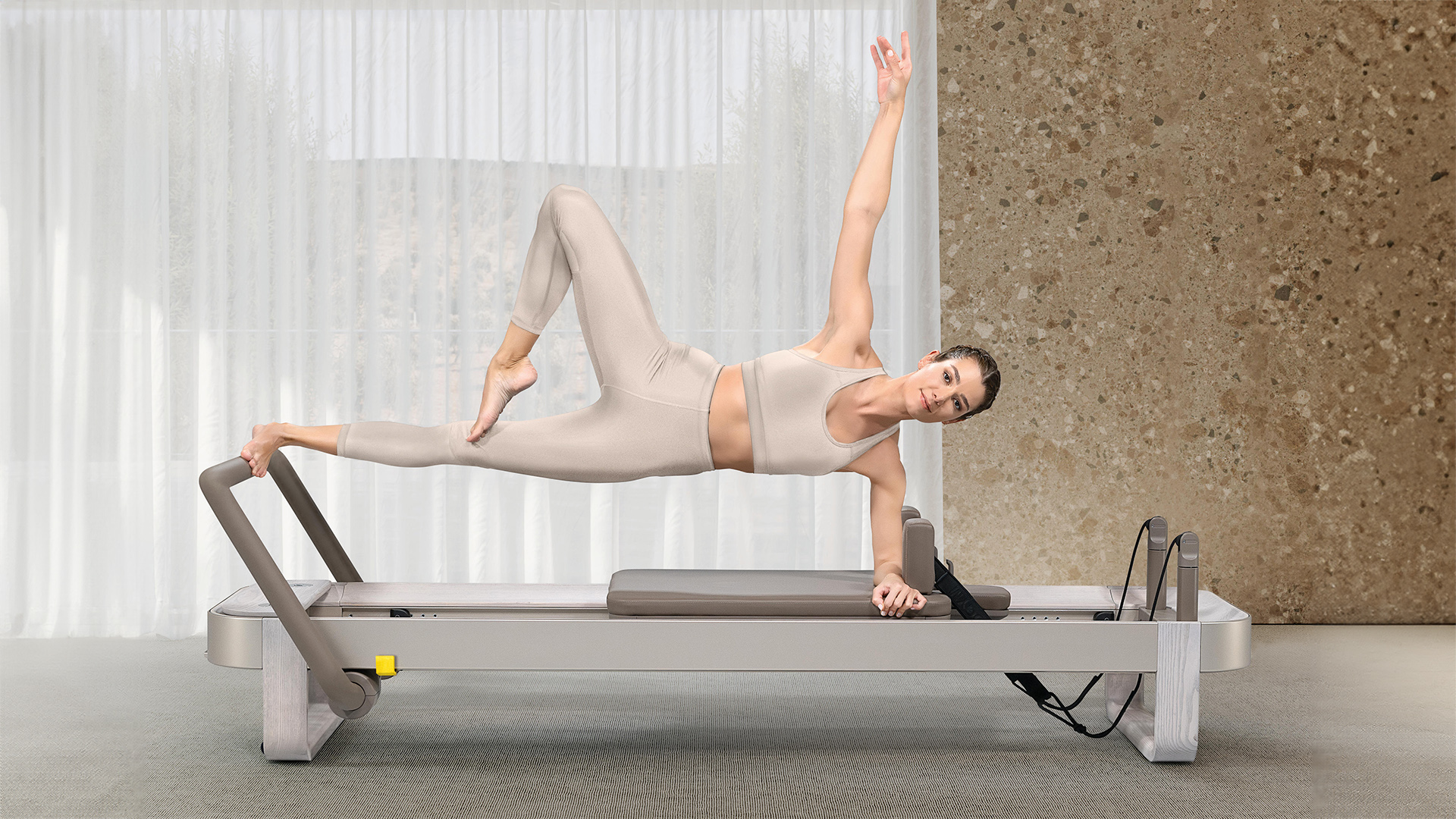
Technogym brings its signature touch of luxury to Pilates with latest home gym equipment launch
They've also introduced a new premium line of strength equipment and cardio kit
By Bryony Firth-Bernard Published
-

This bodyweight EMOM workout cranks up your metabolism and builds muscle endurance
20 minutes and a little grit is all you need
By Bryony Firth-Bernard Published
